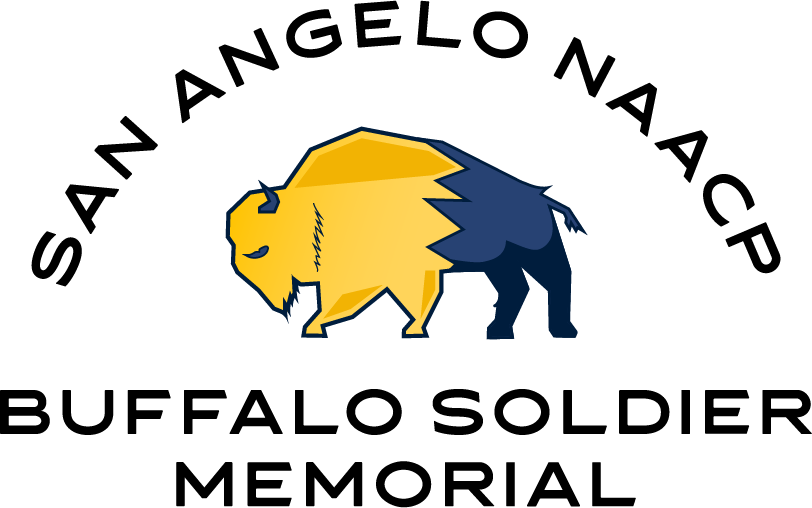Buffalo Soldiers in Texas
After visiting the NAACP Buffalo Soldier Memorial, we encourage you to spend some time to enjoy Fort Concho across the street (where all four regiments of the African-American troops served) and the many other cultural attractions in our community, we can recommend many other forts and historic sites in our state.
Should you be driving west, make a stop to see Fort Stockton, in the community of the same name, located about three hours away on US 67 and I-10. Along the way, stop at Big Lake and see the marker in front of the county courthouse, dedicated to a nearby sub-post of Fort Concho staffed by the 10th Cavalry. After your Big Lake visit, you can make a short hop to Fort Lancaster via Texas Route 137 to Route 163 to I-10 and then west to the exit 343.
Beyond Fort Stockton, heading west of I-10 take the exit for Fort Davis National Historic Site, a well-preserved frontier fort where Lt. Henry Flipper served after Fort Concho. It was here that the entire 10th Cavalry re-grouped before its move to Arizona in the mid-1880s
If you are heading back to Dallas-Fort Worth, there are many forts you should explore. Just an hour north of San Angelo on US 277 visit Fort Chadbourne, the post Fort Concho replaced in 1867. Today’s site has many restored buildings and a first-class visitor center. Just north of Abilene on FM 600, stop by Fort Phantom Hill, another pre-Civil War post with many ruins and interpretive markers. Three other historic forts are open to the public as you continue north and east: Fort Griffin just north of Albany on US 283; Fort Belknap north of Graham, and Fort Richardson in Jacksboro. All three sites include museums and interpretive centers.
If you are heading south and east toward Austin and San Antonio, you have many historic forts to catch. Just over an hour away, west of Menard, you can see Fort McKavett, then you can head to Fort Mason in the community of the same name and experience a great view from the top of the hill; then head to Fredericksburg and see the oldest frontier post in the state at Fort Martin Scott on US 87.
Lastly, should you want to cover the Texas border, you have many sites to explore, starting with Fort Clark (30 minutes east of Del Rio via US 277 and US 90), a private site with limited hours, then work your way down US 277 and US 83 to see Fort Duncan, now a public site in Eagle Pass. Fort Ringgold in Laredo, Fort McIntosh in Rio Grande City, and Fort Brown in Brownsville all serve as educational institutions today. They retain many original buildings from the late 1800s and are available for drive-by viewing during daylight hours.
There are even more forts! Some on private land are not accessible to the public and some have little but more than a marker to recall them. Fort Concho’s Visitor Center at Barracks 1offers free brochures, maps, and information that can assist you in your future travel adventures.

